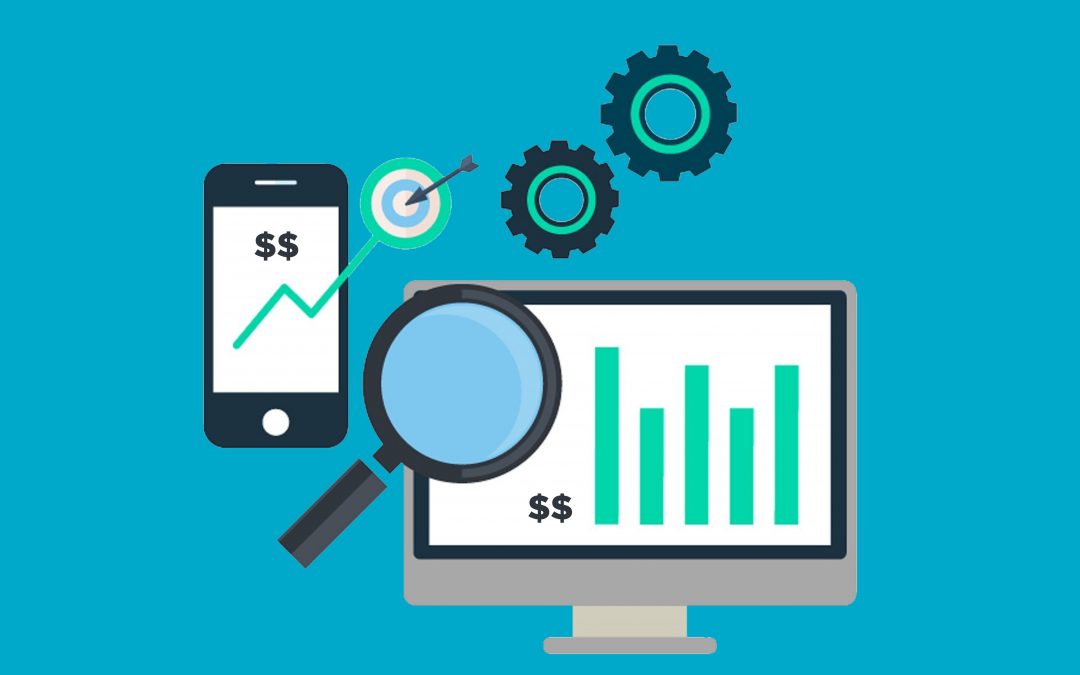Be honest: How well does your enterprise content strategy match your customers’ needs?
It’s likely that your site already features high-quality content on your acquisition pages. Many tools are available to help marketers refine calls to action, A/B test page layouts and generate “heat maps” of visitor behavior.
Nearer to the top of the funnel, though, is where many businesses struggle. Here’s an overview of why your content marketing approach must be comprehensive – with examples of keywords that may feature at each stage of the buyer journey.
Reaching Consumers at the Top of the Funnel: Awareness Content
“Awareness” content can be tough for enterprises to get right, especially if they focus their energies exclusively on the end of the funnel.
The reality, though, is that content should support the entire customer journey. By adding value early in the purchase process:
- You build brand equity that can increase purchase likelihood later on
- You drive more customer “touches,” which help to increase brand recall.
- And if you cookie your website visitors, you can retarget them on other sites to draw them back into your sales funnel.
What makes upper-funnel content challenging in enterprise marketing is a lack of visibility into the entire path to purchase. Imagine that you offer home equity lines of credit (HELOCs). Instead of pitching only your HELOCs’ terms, rates and fees – i.e., focusing on the bottom of the funnel – you should also address why consumers tap into their home equity in the first place.
You may then opt to develop a content marketing plan that uses household budgeting as a high-level theme – content like spending tips, budgeting worksheets or even vacation cost analyses.
By leveraging smart keyword research to create content across the full path to purchase, you’ll attract and engage consumers earlier in the purchase journey.
These keywords may demonstrate awareness intent:
- Do
- How
- What
For Example: how to get a business credit card, business credit cards for small business, what is a business credit card, do business credit cards build personal credit, credit cards for business owners.
Reaching Consumers at the Middle of the Funnel: Consideration Content
“Consideration” content can be bucketed into two main types: research content and comparison content.
Research-related content is related to your own product or service offerings. Its what visitors use to get deeper insights into product features and functionality.
Comparison content, meanwhile, typically uses graphical elements to illustrate key differences between your offerings and those of your competitors.
That sounds obvious enough – but for truly optimized consideration content, you should aim to think like both an end-user and a search algorithm.
Enterprises often focus more on product details than product benefits in their marketing. Yet many people are more interested in the latter than the former. You should create content that serves this intent of learning about benefits.
At the same time, some users will want specific product details – and search algorithms are very strong at ingesting informative content. To optimize your consideration pages for SEO, they should use tables, charts or lists as often as possible.
What keywords signal consideration intent?
- Compare
- Best
- Which
For Example: best business credit cards, best business cards, which bank credit card is best, compare business credit cards, which type of credit card carries the most risk.
Reaching Consumers Close to Point of Purchase: Acquisition Content
Acquisition-related content is where Fortune 500 brands tend to be strongest.
The reason: acquisition content is what actually drives users to complete a purchase-related action. It’s an absolute necessity to get this content right with strong calls to action, clear above-the-fold design and a streamlined path to purchase.
Note that “purchase” in this context doesn’t have to mean an actual sale. Rarely is a B2B software license purchased with a click on a “Buy Now” button, for example.
In a B2B software context, a simple lead form fill could qualify as a purchase action. By capturing a prospect’s contact information for sales follow-up, the software company can move the prospect into its acquisition funnel and advance the sale.
While much of your acquisition page traffic may flow directly from your awareness and consideration pages, it’s important that ALL of your content sends the same strong relevancy signals to search engines.
There are two primary reasons why:
- With great SEO, any page on your site can serve as an entry page from search. If you do a good job highlighting your product’s unique selling proposition on each of your acquisition pages, you can convert more customers directly from search engines.
- Your content should map not only to the user journey but the product journey. Clear product page hierarchies alert search engines – and human website visitors – how your offerings relate to each other and help maximize value for the end user.
In developing acquisition content, consider the following low-funnel keywords or phrases:
- Buy
- Sign up
- Apply now
- Book an appointment
For Example: xx small business credit card, xx credit card eligibility criteria, xx business sign on, where xx* denotes brand name.
Essential to content success is following the same best practices for content development with all three of these types. In our next post in this series, we’ll address how to manage content publishing with an eye towards end-to-end funnel coverage and keywords at each level of purchase journey for different kinds of BFS websites.
Read more about iQuanti’s Content Marketing Services here.




